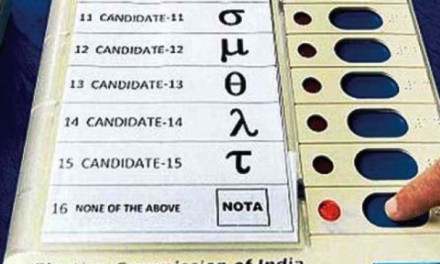Binary Numbers are the flow of information in the form of zeros and ones used by digital computers and systems.
A binary number is a number expressed in the base-2 numeral system , which uses only two symbols: 0 and 1 . A Binary system has only two states, Logic ‘0’ and Logic ‘1’ giving a base of 2. A Binary number is a weighted number who’s weighted value increases from right to left.The weight of a binary digit doubles from right to left. So instead of powers of ten, ( 10n ) for example: 1, 10, 100, 1000 etc, binary numbers use powers of two, ( 2n ) doubling the value of each successive bit , for example: 1, 2, 4, 8, 16, 32 ,64 etc.
A Decimal system uses 10 digits, 0 to 9 giving it a base of 10. In the decimal, each integer number column has values of units, tens, hundreds, thousands, etc as we move along the number from right to left.
A bit is the smallest unit of data in a computer. A bit has a single binary value, either 0 or 1. A BIT is the abbreviated term derived from Binary Digit.
17th Century Mathematician, Gottfried Wilhelm Leibniz, invented a binary numeral system and showed that it could be used in a primitive calculating machine.
Representation of a Binary Number
| 28 | 27 | 26 | 25 | 24 | 23 | 22 | 21 | 20 |
| 256 | 128 | 64 | 32 | 16 | 8 | 4 | 2 | 1 |
For Example Converting a Binary number 11111110 to Decimal number would be:
| Decimal Digit Value | 256 | 128 | 64 | 32 | 16 | 8 | 4 | 2 | 1 |
| Binary Digit Value | 1 | 1 | 1 | 1 | 1 | 1 | 1 | 0 |
Adding all the decimal number values from right to left at the positions that are represented by a “1” gives us: (128)+(64)+(32)+(16) +(8)+(4)+(2) = 254 or two hundred and fifty four as a decimal number.
We can convert binary to decimal by finding the decimal equivalent of the binary array of digits 11111110
For Decimal Number to Binary Number Conversion
Also Read:
How to Convert Decimal Number into Binary Number
Hexadecimal numbers and their conversions
Credit: Delhi Parents Association



Trackbacks/Pingbacks